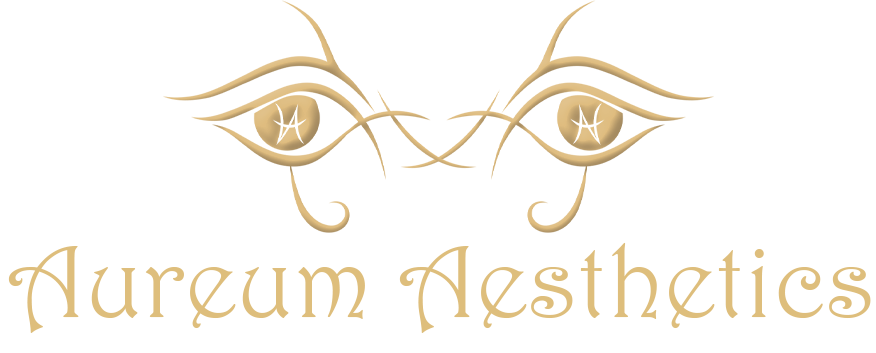Facial Rejuvenation
Facelift and neck lift surgeries are the most powerful rejuvenation surgeries for the face, jawline and neck. The scars are hidden in normal skin tension line and nearly invisible once healed.
Facelift addresses the drooping of the cheeks, nasolabial folds, jowls, and jaw line. There are different types of lifting technique for the face depending on the problem spots patients are looking to address. Mini-facelift is suitable for individuals who have minimal sagging of the mid face but have jowls and excess lower face skin. The incision is much shorter than the traditional facelift and does not extend behind the ear. Mid-facelift addresses sagging in the cheek area. Most often the incisions are behind the hairline at the temples, and inside the mouth. Deep plane facelift refers to the depth of lifting. In deep plane facelift, the lift is from the SMAS layer and not just on the skin. This technique provides the most natural and long-lasting results.
Neck lift addresses the loose skin of the neck and submental bulges (double chin) to restore a sharp neck and jawline. With aging, we can accumulate more subplatysmal fat (fat under the first layer of muscle in the neck), hypertrophy of anterior belly of the digastric (the next layer of muscle in the double chin area), or ptotic submandibular glands (salivary glands midway along the jawline). Combining the face and neck lift is often necessary to provide optimal and harmonious rejuvenation.
Who is a Good Candidate for Facelift and Neck Lift?
The best candidates are healthy people with realistic expectations of surgery. Smoking however is a contraindication for this cosmetic procedure as historically smokers have significantly more complications. Surgery can be offered to non-smokers, or former smokers who have quit smoking for at least one month prior to surgery.
How is Facelift Surgery Performed?
The procedures are performed in the operating room. Depending on patients’ desire and case complexity, surgery can be done under general anesthesia, monitored anesthesia, or straight local anesthesia. There are variety of techniques facelift and neck lift surgeries to address specific patients’ signs of aging. If the neck skin is not loose, a mini facelift with limited incision is the preferred treatment. If the neck is the main issue, a limited incision neck lift to address the obtuse neck can be a powerful after surgery, you should expect to wear a compressive face and neck dressing for one week.
What is the Recovery After Facelift and Neck Lift?
Downtime from a facelift/neck lift is about three to four weeks. During that time, you will feel some tightness and your activities will be restricted. Bruising and swelling will be greatest in the first week but should resolve in four weeks. In general, facelift is not a very painful operation. The main complaint is the discomfort of swelling of the face during the first week after surgery. Sleeping in an upright position will help with the discomfort and reduce swelling.
Additional procedures, such as brow lift, upper and lower eyelid surgery, fat transfer, and skin resurfacing, may complement face and neck lift to provide a harmonious and natural result.
Fat transfer to the face is very often performed in conjunction with face and neck lift. With aging, we lose structural fat and bone volume. This is another major factor of aging in addition to the laxity of the skin and muscle of the aging face. Fat transfer is a relatively low risk and minimally invasive approach to restore the facial volume loss. Most common areas where fat can be injected are the temple, cheek, periorbital (around the eyes), nasolabial fold (laugh lines), lips, Marionette’s lines (the folds running between the mouth and chin), chin, and jawline. With strategic injection, fat transfer not only can restore fullness to a skinny aging face but can also give more shape to a plump face similar to what highlight and contouring with make-up can do.
Skin resurfacing is almost always performed with face and neck lift to treat the top layer of the skin in light skin patients. When performed with fat transfer, the healing time is often shortened due to the healing growth factors of the fat cells. Skin resurfacing can be done through variety of methods including chemical peels, dermabrasion, fractional laser, and J-plasma with Renuvion.
Browlift (forehead lift) surgery can be performed as a standalone procedure or in conjunction with above procedures to restore the youthful appearance of the top third of the face. It addresses and reduces the frownlines, forehead lines, raises sagging eyebrows to open up the upper eyelid. When combining with hairline reduction, it can shorten the length of the forehead which is one of a major visible signs of aging. Browlift can be performed through incisions along the hairlines, within the hair, or through minimally invasive approach with PDO threads.
Any of the surgeries lifted above can be done alone or in different combinations depending on each patient’s needs and goals.


